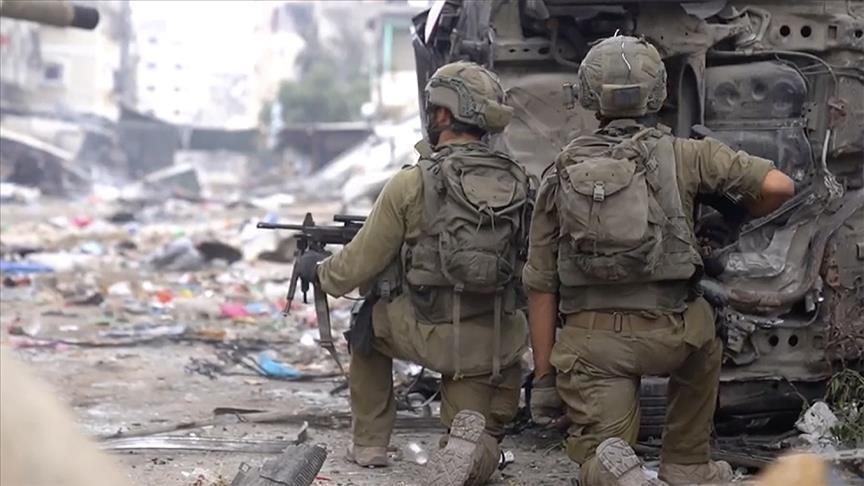
Military expert Major-General Fayez Al-Duwairi said that developments in Gaza are returning to the first stage of the war. He confirmed what is happening on the ground in terms of targeting hospitals and safe areas points to the fact.
Back to Stage I
He said phase “C” of the Israeli military operations in the Gaza Strip has ended and the return to the first stage is now taking place. He highlighted the occupation army has deployed four divisions including 16 brigades in Gaza.
In the first battle of Khan Yunis in the south, Al-Duwairi added, the 98th Division, 99th Division, 162nd Division, and 252nd Division were deployed there. Now, he added, the occupation has deployed the Sinai Division to the new axis in the south of Deir al-Balah in central Gaza.
Israeli Airstrikes Schools, Hospitals
He pointed out that the current Israeli airstrikes are focusing on hospitals, UNRWA centers, and safe areas, in addition to pressuring displace residents, especially in the eastern Khan Yunis area to move to Mawasi area.
Israel claims moving to the third phase of its war in Gaza requires keeping its forces only in the Netzarim axes – which separates the north of the Gaza Strip from its center and south – and the Philadelphi axes on the border with Egypt, and the buffer zone along the border with the Strip, and this phase is a form of rapid and focused operations in specific areas.
The strategic expert noted returning to the first phase of the war reflects the political and military thinking in Israel, as the first continues to talk about dismantling and eliminating the Hamas, and freeing the Israeli detainees in Gaza, while the second also talks about the need to keep up the military pressure on the Palestinian resistance.
He referred to Israel Chief of Staff Herzi Halevi as saying he is in favor of military pressure to force Hamas to make concessions leading to an agreement in accordance with Israeli requirements and not according to what is happening on the ground in Gaza.
Rome Initiative
The Israelis are seeking to pressure Hamas to accept the new Rome Initiative, which Al-Duwairi said may nclude many additions, the most important of which is keeping the Netzarim and Philadelphi axes and controlling the return of displaced Gazans to the northern regions.
Rome, is hosting a four-way meeting to discuss the latest Israeli proposal regarding a possible agreement that includes a ceasefire in Gaza and a prisoner exchange between Israel and the Palestinian resistance.
However, Al-Duwairi explained – in his military analysis on Al-Jazeera – the Palestinian resistance, although weakened by the ongoing Israeli aggression on the Strip, has the flexibility to rebuild its human and material strength.
In contrast, the occupation army has not been able to recover from the state of exhaustion it is suffering from. Al-Duwairi pointed out this army numbers 635,000 soldiers, 40% of which is in the Gaza Strip, 30% in the West Bank, and about 30 to 35% on the northern front and 10% a strategic reserve as printed in the Jo24.net website.








